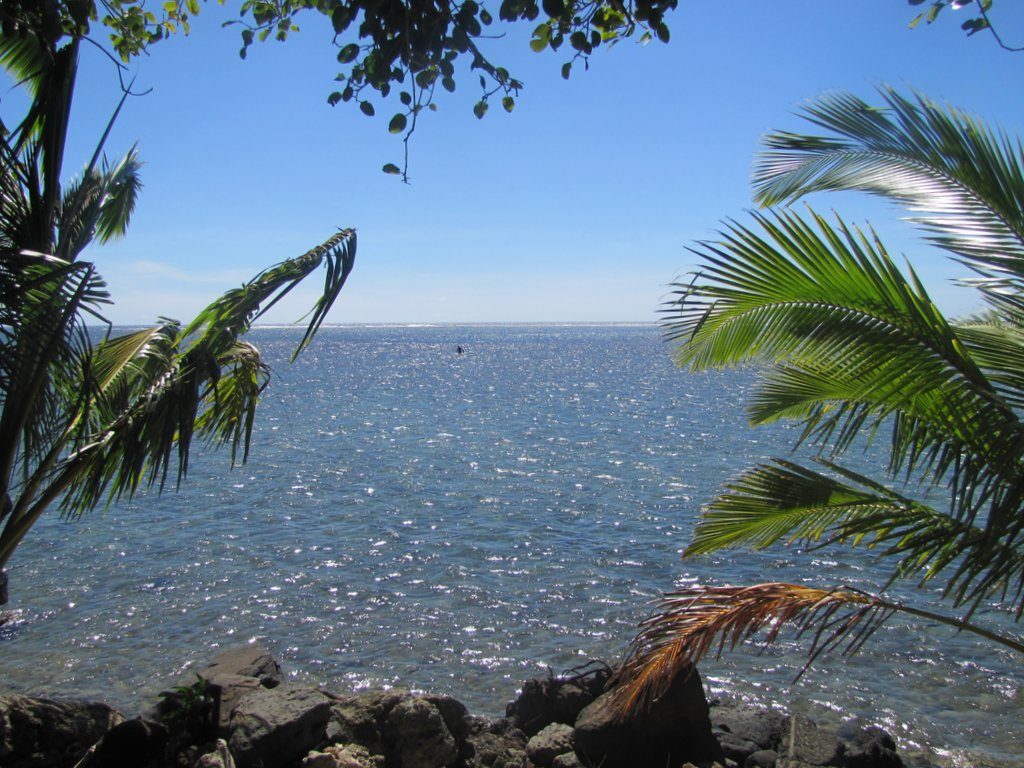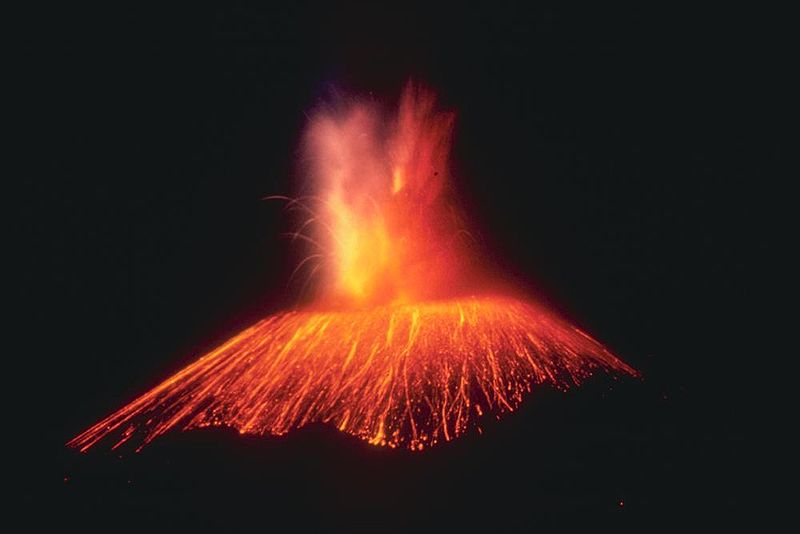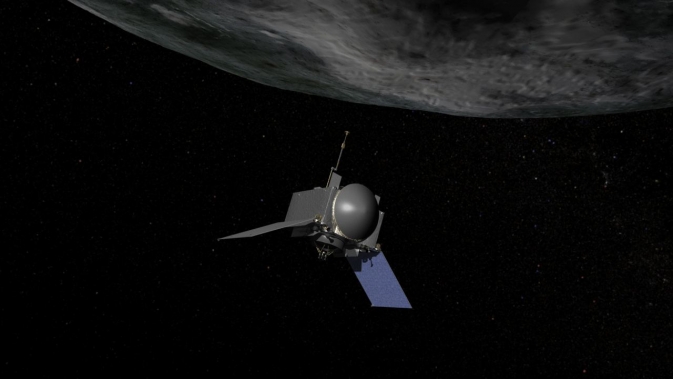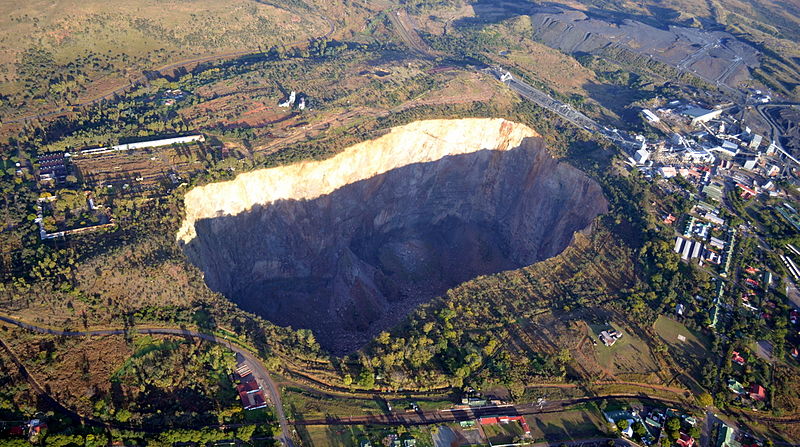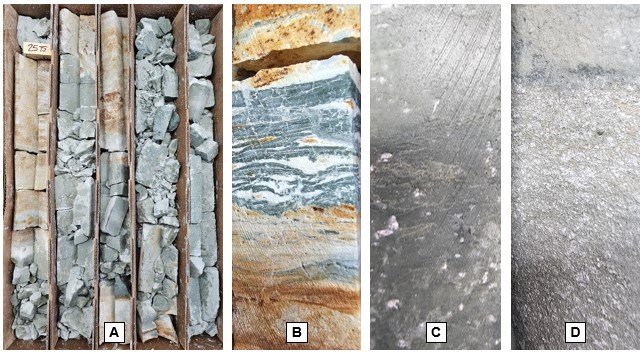Resource depletion is one of the largest challenges facing the mining industry. The issues of declining grades and frequency of discoveries are well known, but depletion is also driving miners ever deeper in search of ore. There is more to ultradeep mining is more than just digging a deeper hole; while the logistical difficulties of excavating 1000’s of meters of overburden are obvious, there are many other, more insidious challenges.
Introduction
‘Deep’ mining is a relative term, but in general anything above 500 m can be considered shallow. Underground mines routinely reach 1000 m; anything below this could be considered ‘deep’. Depths of ~2000 m were rarely reached even a few decades ago, but they are now becoming increasingly common. Challenges start to grow exponentially as you push deeper than about 2000 m; venturing below this can be considered ‘ultradeep’ mining. Very few deposits justify the costs and risks of going so deep; less than 10 mines in the world reach 3000 m, and only one approaches 4000 m.
A few benchmarks:
- 1210 m: the world’s deepest open pit, Bingham Canyon, Utah.
- 2212 m: the world’s deepest cave, Veryovika, Georgia.
- 3014 m: the deepest mine below sea level, Kidd Creek Mine, Canada. Although other mines may extend deeper below the surface, Kidd Creek starts at a lower elevation, and consequently reaches 2735 m below sea level, the furthest below sea level you can get without a submarine.
- 3891 m: the deepest underground mine, Mponeng Mine, South Africa.
- 12262 m: the deepest hole ever drilled, Kola Peninsula, Russia. The 9-inch diameter Kola Superdeep Borehole was drilled between 1970-1995 as part of a scientific competition with the US, which was basically the inverse space race. It was abandoned due to lack of funds following a series of breakdowns.
Prospecting for Deep Deposits
Finding deeply buried deposits is becoming an increasingly acute problem for the mining industry. In the old days, most deposits were found by surface prospecting and mapping, however most of the ones with obvious surface expressions have been found and this is becoming a rarer and rarer way of finding deposits. Towards the middle of the 1900’s geophysics, especially airborne gravity and magnetic surveys, became the main exploration tools, leading to many great discoveries.
The signals used by these and many other geophysical methods, however, decreases exponentially with depth, and the resolution of the resulting data drops. To make matters worse, most geophysical methods have poor depth resolution to start with: a large deep feature can be very hard to tell apart from a small, shallow one. Detecting deeply buried deposits is a difficult and imprecise endeavor.
Drilling also becomes exponentially more difficult as depths increase. The logistics of inserting and retrieving drilling gear and geologic samples consumes ever more time, while increasing friction between the drill and sides of the hole generates torque which constantly threatens to pull the hole off-target. Drilling vertical holes helps reduce this, but also restricts options in placing drills and following best drilling practices such as drilling perpendicular to stratigraphy.
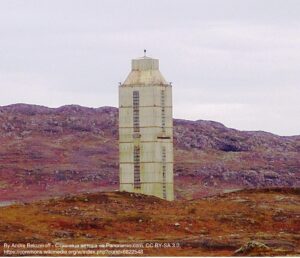
Even if viable ore can be found below 1000 m, the costs and time to sink such a deep shaft are enough to deter most financers. Generally speaking, there must be at least some shallower ore so that the mine can start production while construction continues.
Mining Deep Deposits
Options in mining methods dwindle as depth increases; open pits quickly become impractical with increasing depth. The deepest pit, Bingham Canyon, is over 1200 m deep, but this is an outlier, worldwide only a handful of pits extend deeper than 500 m. Underground mines require less excavation, but capital costs of construction are substantial, and then there’s the sustaining costs of transporting people, equipment, ore, and even air through ever longer tunnel systems constantly chipping away at profit margins.
Another major challenge to ultradeep mining is the geothermal gradient. As you approach the molten core, both the temperature and pressure rise at about 25° C and 35 million pascals per kilometer. Rising temperatures threaten both miners and machinery with dangerous overheating, while rising pressure threatens to collapse workings. Go deep enough and the rocks themselves become less solid, very slowly deforming and flowing over time similar to dense clay collapsing under its own weight. More brittle rocks may spontaneously shatter under the compression of overlying rocks, leading to deadly rock bursts or even complete collapse. These risks further restrict which methods can be used as large caverns become prone to collapse, and even small tunnels pose engineering challenges. While mining above 1000 m can often be accomplished with little more than rock bolts and screening, more sophisticated and costly methods of reinforcement such as lining tunnels with concrete is required to support deep mines. Even still, underground mining risks can only be managed, not eliminated. Ultradeep mines typically employ as much automation as possible to reduce risks to personnel.
Bingham Canyon: The Deepest Open Pit in the World
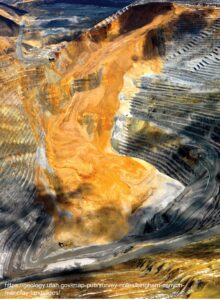
Bingham Canyon, Utah, is the world’s deepest open pit mine, as well as being the largest excavation ever created by human hands. It is 1210 m deep, ~4000 m wide, and covers and area of 7.7 km2, making it large enough to be seen from space. The mine, which is owned by Rio Tinto, produced 148 kt of copper, 3.3 kt molybdenum 114 koz gold, and 1.95 Moz silver in 2022. Production of tellurium, and extremely rare element used for solar panels, began that same year. Copper production began in 1906, and current proven and probable ore reserves stand at 552 Mt at 0.44% Cu, enough to sustain production through 2032. Bingham Canyon is considered the most productive mine in history.
While the pit is still expanding horizontally, it is unlikely to become much deeper. The steep-sided mine has been hit by multiple landslides, including two massive slides in 2013 which caused 10’s of millions of dollars in damages. Like many extremely deep open pits, the mine is transitioning to underground operations to chase the ore deeper.
Mponeng: The Deepest Underground Mine in the World
The deepest mine on Earth is South Africa’s Mponeng gold mine, which extends a staggering 3891 m below surface. It is located in the legendary Witwatersrand goldfields, as, in fact, are almost all most of the world’s >3000 m deep mines. Mponeng, owned by Harmony Gold Mining, has a reserve of 1.9 Moz at 7.25 g/t, with a further 24.3 Moz of resources. Remaining mine life is 7 years, at which point the mine will extend to ~4200 m. The challenges and costs of such mining are formidable.
The shaft is so deep that different lifts have to be used to descend in stages. Descending to the bottom takes over an hour. Without cooling temperatures would reach a deadly 65° C; a combination of ice-slurry refrigeration pumps and insulation keeps temperatures a livable, if not comfortable, 27° C. Pressures at these depths are so great that the walls of the mine are reinforced with concrete, rebar, and even a mesh of artificial diamonds. Even so, seismic activity is common, with many fatal accidents in recent years.
Mponeng’s production is an impressive ~200k oz/year, but this requires a workforce of nearly 5300, which combined with capital costs, brings all-in sustaining cost to $1771/oz; even at near record gold prices Mponeng is barely breaking even. Production has also declined significantly from a high of 532k oz in 2013. Mponeng has plenty of high-grade ore, but it appears the costs of continuing to mine it will soon outweigh the rewards.
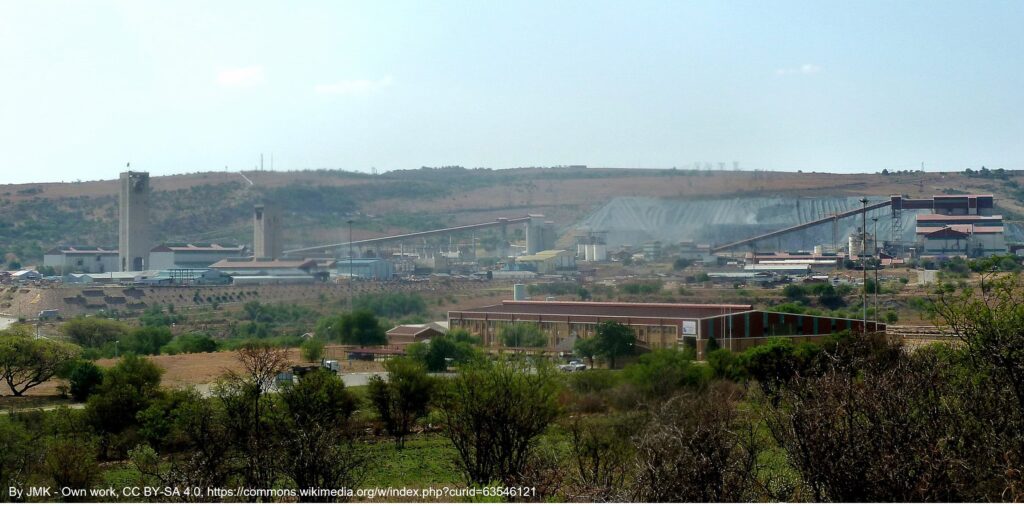
Investor Takeaways
As easily accessible resources become depleted, mines are becoming deeper, bringing a variety of new challenges which increase costs and risks. Deposits deeper than ~500 m must be mined by underground methods, below ~1000 m deposits become increasingly harder to find and mine. Only exceptionally rich deposits justify mining below 2000 m, only a handful are profitable below 3000 m, and none have yet exceeded 4000 m.
There’s no hard limit to how deep we can mine, but the difficulties experienced by Mponeng suggest ~4000 m is the limit of economically extractable gold deposits. Base metal mines rarely exceed 2000 m, and almost never 3000 m. Despite technological advances, the enormous costs and sheer difficulty of the engineering of ultradeep mines suggest there’s little chance of the ~4000 m limit being significantly extended in the foreseeable future.
List of Companies Mentioned
- Harmony Gold Mining https://www.harmony.co.za/ (website)
- Rio Tinto https://www.riotinto.com/en/operations/us/kennecott (website)
Subscribe for Email Updates

